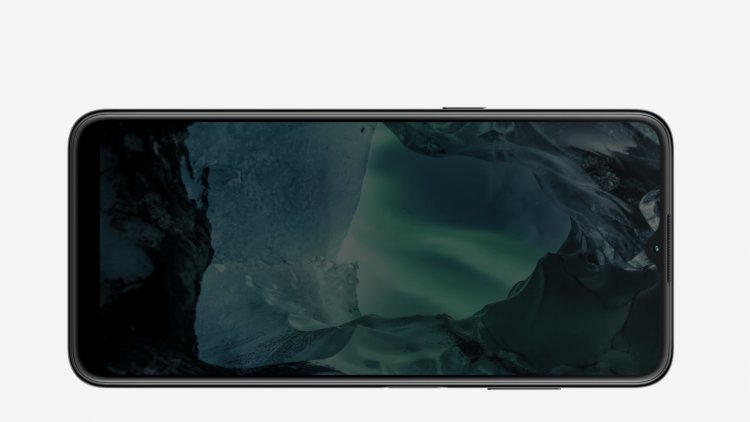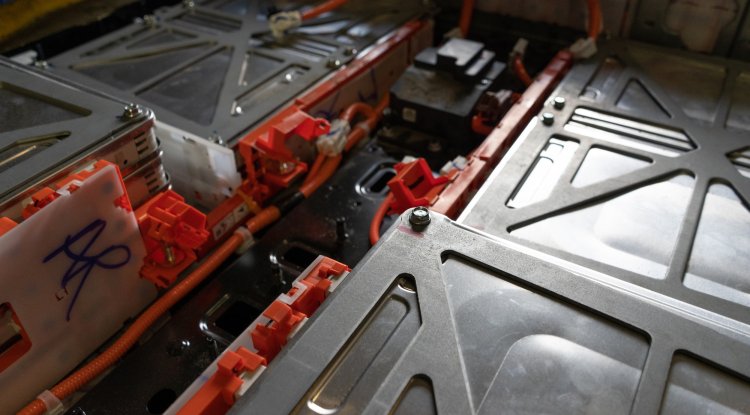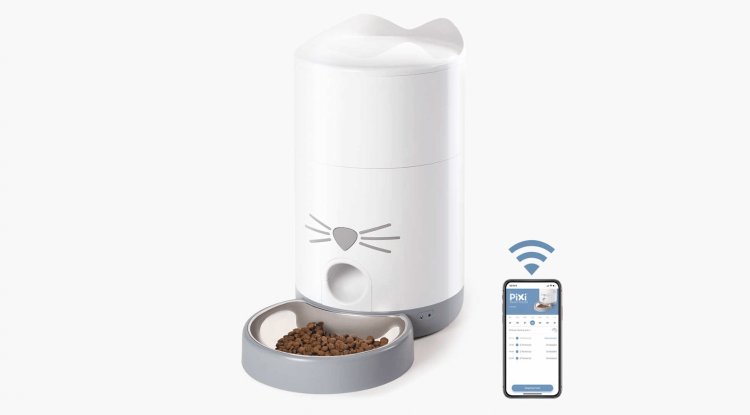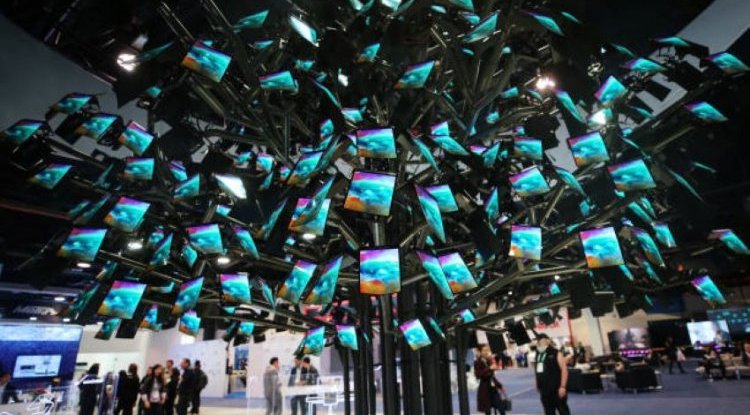Nokia G11 & Nokia G21:Finnish twins

HMD Global has opted to concentrate on lower-priced smartphones. The revelation of the new G21 and G11, which are identical to eggs and eggs and offer the required foundation for the unassuming, is proof of this. They have a 6.5-inch display and a Unisoc T606 processor. The more expensive model has NFC support or a higher-quality primary camera.
Few would be surprised to learn that the new Nokia G11 and Nokia G21 are direct successors to last year's Nokia G10 and Nokia G20. The design and equipment haven't changed much. As a result, the maker re-tests this in its own way, launching two nearly similar models aimed at the lower middle class and hoping for success. The latest report highlights 90Hz displays, extremely long battery life, and nearly pure Android.
Nokia G11 specifications
CONSTRUCTION 164.6 × 75.9 × 8.5 mm , 189 g , construction: classic, durability: no DISPLAY IPS TFT, 6.51 " (1,520 × 720 px) CAMERA 13 Mpx , LED, autofocus, video: 1,920 × 1,080 px, 30 FPS CHIPSET CPU: 2 × 1.6 GHz + 6 × 1.6 GHz , GPU: yes MEMORY RAM: 4 GB , internal memory: 64 GB , memory cards: microSDXC DATA FUNCTIONS 5G: no , LTE: 150/50 Mbps, Wi-Fi: 802.11b / g / n, Bluetooth: 5.0, NFC: no OPERATING SYSTEM Android 11 BATTERY 5,050 mAh , wireless charging: no AVAILABILITY Q1 2022,?
Nokia G21 specifications
CONSTRUCTION 164.6 × 75.9 × 8.5 mm , 190 g , construction: classic, durability: no DISPLAY IPS TFT, 6.51 " (1,520 × 720 px) CAMERA 50 Mpx , LED, autofocus, video: 1,920 × 1,080 px, 30 FPS CHIPSET CPU: 2 × 1.6 GHz + 6 × 1.6 GHz , GPU: yes MEMORY RAM: 4 GB , internal memory: 128 GB , memory cards: microSDXC DATA FUNCTIONS 5G: no , LTE: 150/50 Mbps, Wi-Fi: 802.11b / g / n, Bluetooth: 5.0, NFC: yes OPERATING SYSTEM Android 11 BATTERY 5,050 mAh , wireless charging: no AVAILABILITY Q1 2022,?
The new Nokia G Series resembles gray mice. The manufacturer did not place a bet on glare, shining surfaces, or back slogans. On the contrary, it takes a more conservative design approach, with the bodies of both models constructed of polycarbonate and the surface matte. The benefit is that the phones do not collect unpleasant fingerprints or dust.
The back covers can also have a rough surface texture. It has a reasonable appearance and ensures that the mobile phones do not slip in the hand, are comfortable to grip, and are easy to manage. This is also implied by the buttons on the sides.
Everything crucial for volume control and unlocking is on the right, while the key for turning on and off or unlocking is paired with a fingerprint reader. It works swiftly and consistently, which is true for both Nokia. On the left side, there is only one dedicated button for launching Google Now, which cannot be reset.
While many competitors are using AMOLED panels, Finland is sticking with IPS technology, notably those with a 6.5-inch diagonal, which is used in both developments. However, the manufacturer improved this year and implemented a 90Hz refresh rate. This improves the appearance of the display. However, the negative of beauty is that it has a lower level of brightness, which means that everything is not always entirely reliable in the bright sun.
Even at low HD+ resolution, the game will continue to freeze, which is terrible because it is only enough to keep you from paying too much attention to the pixel grids. The Nokia G11 and G21 lack an information diode as well as an ambient display. The only minor difference is that the display can be addressed by tapping or lifting.
The bottom-edge speaker is solely good for ringtones. It's loud enough, but if you put the phone on your back, it'll be slightly muted. All unsophisticated listeners will be satisfied with the output via the 3.5 mm jack. The Nokia G21 and G11 claim an average and everyone's minimum performance in this category.
In terms of hardware, the manufacturer did not appear at all, opting for a not-so-powerful Unisoc T606 processor coupled with 3GB (Nokia G11) or 4GB (Nokia G21) operating memory. It's hardly much, and the phones are unsuitable for more demanding users or gamers.
Even the lower capacity, specifically 32 GB for the Nokia G11, will not delight, as just 20 GB remain after the initial power on. In the case of the Nokia G21, 64GB of memory is pre-installed (48 GB remain after the first power on), and up to 512GB of memory is available.
Both smartphones have a battery capacity of 5,050 mAh, which is above average considering the displays and processors employed. As a result, even with moderate use, you can expect two days of endurance. Nokia's durability will increase to three days if it serves less demanding users.
Charging is only possible via a cable and a normal power of 10 W, which charges the entire battery in 2.5 hours. We're talking about charging with the included adaptor. However, both Nokias support up to 18W charging, however a more powerful charger is required.
In terms of data, the phones mostly provide LTE Cat 4 with a maximum download speed of 150 Mb / s and an upload speed of 50 Mb / s. LTE operates in all of the frequencies that we support. Other wireless options include Wi-Fi 802.11 b/g/n/ac, which means that both phones will connect to 5GHz networks.
It also received GPS and GLONASS signals, allowing mobile phones to be used for navigation. It is still necessary to mention Bluetooth 5.0 for close connectivity. The inclusion of NFC, which allows you to pay contactless with your phone, rounds out the list, although only with the Nokia G21. The G11 NFC is not available on the less expensive model.
In the case of cameras, there has been an intergenerational shift, and four different models are no longer available. Both have three sensors, with the Nokia G21 being slightly better made. It has a Samsung 50-megapixel sensor, but it lacks features like an ultra-wide-angle lens, which most competitors clearly have.
There is only a 2-megapixel macro lens and a 2-megapixel portrait sensor. The Nokia G11 contains the final two unneeded sensors as well, although, in the case of the main one, it only has 13 megapixels.
The Nokia G21's camera quality is excellent; the shots are detailed, and the new Samsung sensor performs admirably even in low-light circumstances. It most emphatically does not lag behind the competitors. The Nokia G11 is worse; the details aren't as clear, and the shadow hides them more.
Unfortunately, the video recording quality is rather poor; both innovations can only handle Full HD + resolution at 30 frames per second, and the results appear choppy.
The front cameras have the same resolution of 8 megapixels. If there's enough light, he'll shoot decent selfies, but don't anticipate miracles.





























